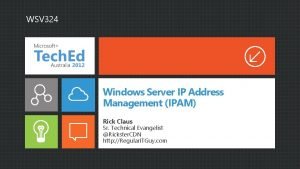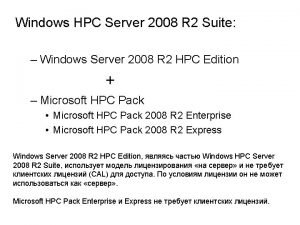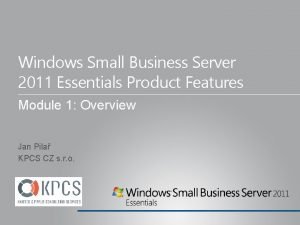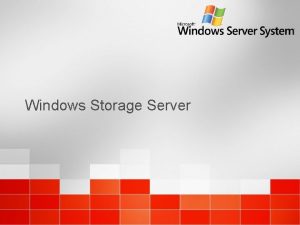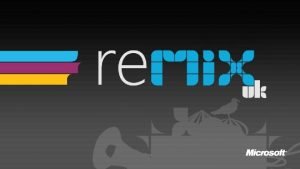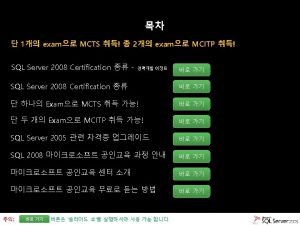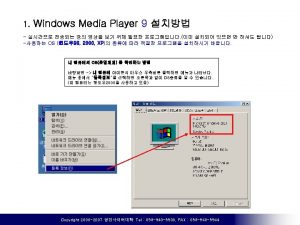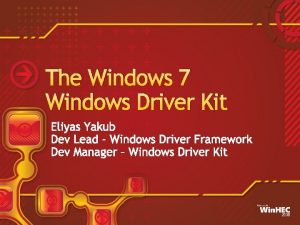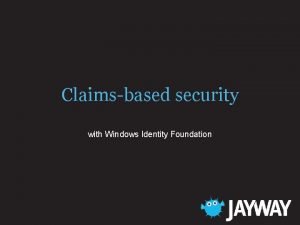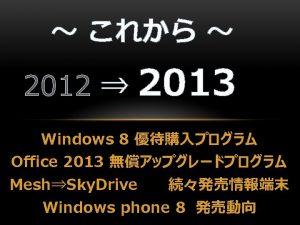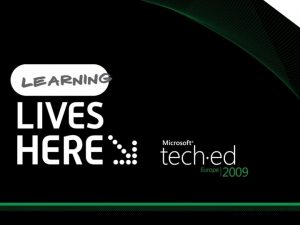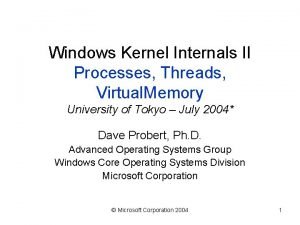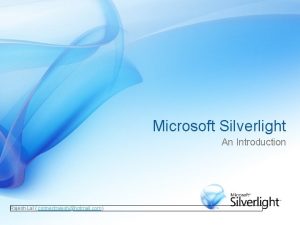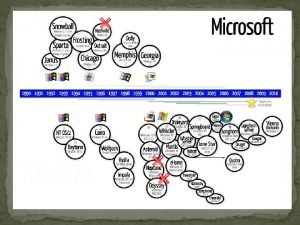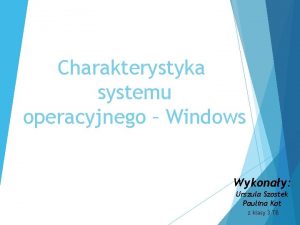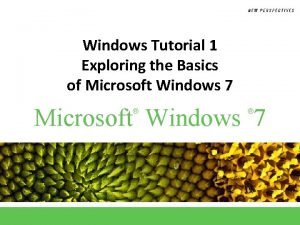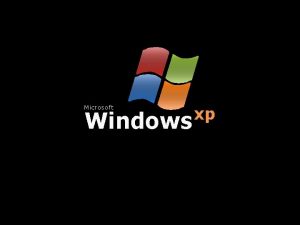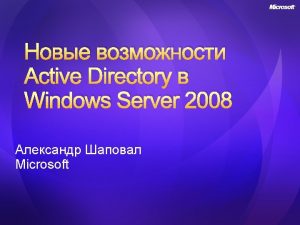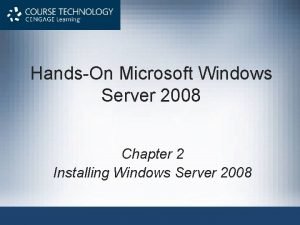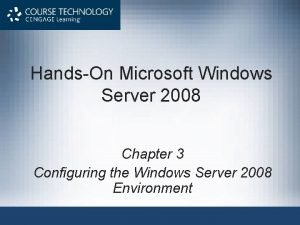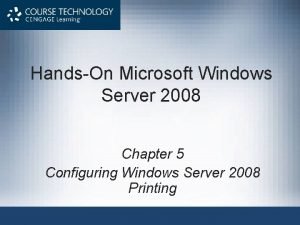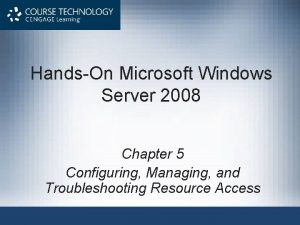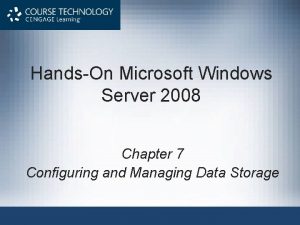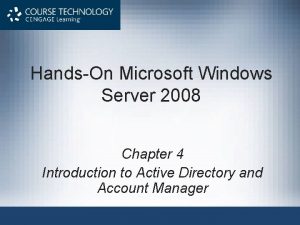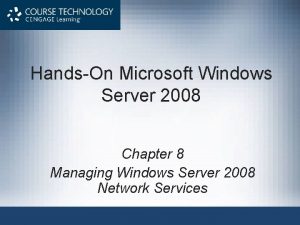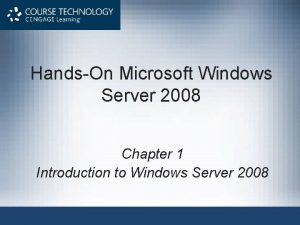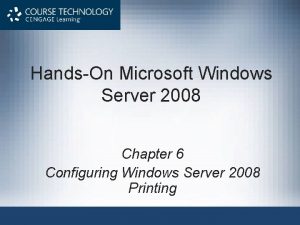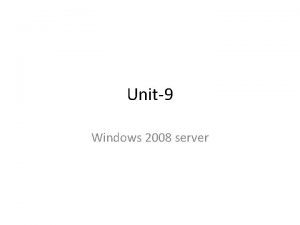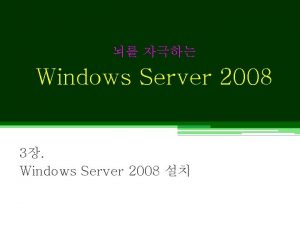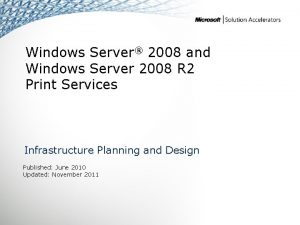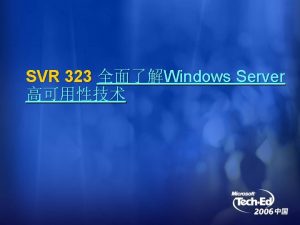HandsOn Microsoft Windows Server 2008 Chapter 11 Server





































- Slides: 37

Hands-On Microsoft Windows Server 2008 Chapter 11 Server and Network Monitoring

Introduction to Server Monitoring • Server monitoring is performed for several reasons – – To establish a baseline of performance To easily identify problems when they occur To prevent problems before they occur To diagnose existing problems • Benchmarks or baselines – Provide a basis for comparing data collected during problem situations with data collected in normal performance conditions Hands-On Microsoft Windows Server 2008 2

Introduction to Server Monitoring • Sample benchmarks that you might establish include: – Test benchmarks of disk, CPU, memory, and network response before releasing a new operating system, server hardware, or a complex application to users. – Slow, typical, and heavy usage of disk, CPU, memory, and other server resources for each server – Growth of use of network and server resources at specific intervals, such as every six months to a year Hands-On Microsoft Windows Server 2008 3

Accessing Server Services • You can access server services through the following: 1. Server Manager 2. Computer Management tool Hands-On Microsoft Windows Server 2008 4

Hands-On Microsoft Windows Server 2008 5

Solving a Problem with a Service • When you experience a problem on a server that is associated with a service – Check the status of the service to make sure that it is started or set to start automatically • You can start, stop, pause, resume, or restart a service – By right-clicking it and clicking any of these options Hands-On Microsoft Windows Server 2008 6

Solving a Problem with a Service • You can check dependencies by double-clicking a service and clicking the Dependencies tab • Pausing a service takes it offline to be used only by Administrators or Server Operators Hands-On Microsoft Windows Server 2008 7

Hands-On Microsoft Windows Server 2008 8

Using Task Manager • Windows Server 2008 includes the Task Manager tool – Can be used to monitor applications and processes running on a server Hands-On Microsoft Windows Server 2008 9

Hands-On Microsoft Windows Server 2008 10

Monitoring Applications (continued) • If you right-click an application, several active options appear in a shortcut menu, as follows: – – – – Switch To Bring To Front Minimize Maximize End Task Create Dump File Go To Process Hands-On Microsoft Windows Server 2008 11

Monitoring Processes • The Processes tab lists the processes in use by all running applications • If you need to stop a process, simply highlight it and click End Process • The Processes tab also shows information about each started process Hands-On Microsoft Windows Server 2008 12

Hands-On Microsoft Windows Server 2008 13

Setting Priorities • Using the Processes tab within Task Manager – You can increase the priority of a process (or processes) in the list • So that it has more CPU priority than what is set as its default • Base priority class – The priority at which a process runs is set in the program code of the application • If the base priority class is not set by the program, a normal (average) priority is set by the system Hands-On Microsoft Windows Server 2008 14

Monitoring Services • The Services tab in Task Manager shows the services that are started, stopped, or paused • If you want to manage services using more management options – Use Server Manager or the Computer Management tool Hands-On Microsoft Windows Server 2008 15

Hands-On Microsoft Windows Server 2008 16

Monitoring Real-Time Performance • The Performance tab shows vital CPU and memory performance information – Through bar charts, line graphs, and performance statistics • Handle – A resource, such as a file, used by a program and having its own identification so the program is able to access it • Threads – Blocks of code within a program Hands-On Microsoft Windows Server 2008 17

Hands-On Microsoft Windows Server 2008 18

Monitoring Real-Time Performance (continued) Hands-On Microsoft Windows Server 2008 19

Monitoring Real-Time Performance (continued) Hands-On Microsoft Windows Server 2008 20

Monitoring Network Performance • The Networking tab in Task Manager enables you to monitor network performance – On all NICs installed in the server • This information can be valuable if you suspect there is a problem with a NIC in the server – And you want an immediate determination if it is working Hands-On Microsoft Windows Server 2008 21

Capturing Data Using Performance Monitor • Performance Monitor is a tool within the Reliability and Performance Monitor • The default view is in the line mode, showing a grid that you use for graphing activities on the server • Counter – An indicator of a quantity of the object that can be measured in some unit, such as percentage, rate per second, or peak value, depending on what is appropriate to the object Hands-On Microsoft Windows Server 2008 22

Hands-On Microsoft Windows Server 2008 23

Hands-On Microsoft Windows Server 2008 24

Capturing Data Using Performance Monitor (continued) Hands-On Microsoft Windows Server 2008 25

Capturing Data Using Performance Monitor (continued) • Sometimes instances are associated with a counter • An instance exists when there are different elements to monitor – Such as individual processes when you use the Process object • You can monitor one or more objects at a time – As a way to get a better understanding of how particular objects interact • You can use three view modes when monitoring objects: line, histogram bar, and report Hands-On Microsoft Windows Server 2008 26

Hands-On Microsoft Windows Server 2008 27

Hands-On Microsoft Windows Server 2008 28

Monitoring System Components • When monitoring the performance of a server, four objects are often used: – – Processor Memory Physical disk Network interface Hands-On Microsoft Windows Server 2008 29

Monitoring System Components (continued) Hands-On Microsoft Windows Server 2008 30

Using Reliability Monitor • Reliability Monitor – Tracks the combined hardware and software reliability of a system from the time the system was installed – Helps you to judge the overall system reliability while taking into account multiple factors • System Stability Chart – Enables you to view the overall reliability over the last month to many months at a glance Hands-On Microsoft Windows Server 2008 31

Using Reliability Monitor (continued) • System Stability reports: – – Software (Un)Installs Application Failures Hardware Failures Miscellaneous Failures Hands-On Microsoft Windows Server 2008 32

Hands-On Microsoft Windows Server 2008 33

Hands-On Microsoft Windows Server 2008 34

Implementing the SNMP Service • Simple Network Management Protocol (SNMP) – Used for network management on TCP/IP-based networks – Provides administrators with a way of centrally managing workstations, servers, hubs, and routers from a central computer running management software • SNMP can be used for the following: – – Configuring network devices Monitoring the performance of a network Locating network problems Monitoring network usage Hands-On Microsoft Windows Server 2008 35

Implementing the SNMP Service (continued) • SNMP provides network management services through agents and management systems • SNMP management system (a computer running management software) – Sends and requests information from an SNMP agent • SNMP agent (any computer or network device running SNMP agent software) – Responds to the management system’s request for information Hands-On Microsoft Windows Server 2008 36

Implementing the SNMP Service (continued) • Microsoft operating systems and components compatible with SNMP: – – – – Windows Server 2008 Windows Server 2003 Windows 2000 Server Windows 2000, XP, and Vista WINS servers DHCP servers Internet Information Services servers Microsoft RAS and IAS servers Hands-On Microsoft Windows Server 2008 37
 Ipam windows server 2008
Ipam windows server 2008 Windows hpc server 2016
Windows hpc server 2016 Management studio express
Management studio express Microsoft windows movie maker windows 7
Microsoft windows movie maker windows 7 Microsoft windows small business server 2011 essentials
Microsoft windows small business server 2011 essentials Small business server 2011 essentials
Small business server 2011 essentials Windows storage server 2003
Windows storage server 2003 2008 2008
2008 2008 James handson
James handson Handson may
Handson may Analytical research
Analytical research James handson
James handson James handson
James handson A handson
A handson Handson activities
Handson activities Handson activities
Handson activities Handson session
Handson session Microsoft robotics developer
Microsoft robotics developer Sql server 2008 certification
Sql server 2008 certification Sql security best practices
Sql security best practices Live windows movie maker
Live windows movie maker Windows media player 9 for windows 10
Windows media player 9 for windows 10 Alternatief voor windows live mail
Alternatief voor windows live mail Windows driver kit windows 7
Windows driver kit windows 7 Windows media player 9 skins
Windows media player 9 skins Windows identity foundation windows 10
Windows identity foundation windows 10 Upgrade windows 7 to windows 10
Upgrade windows 7 to windows 10 Download windows xp for virtualbox
Download windows xp for virtualbox Nokia lumia 920 windows 10
Nokia lumia 920 windows 10 Windows live movie maker 2012
Windows live movie maker 2012 Ipseq
Ipseq Windows xp
Windows xp Protectvirtualmemory
Protectvirtualmemory Silverlight seminar ppt download
Silverlight seminar ppt download Microsoft introduccion
Microsoft introduccion F_faaoo vk
F_faaoo vk Windows 7 premiera
Windows 7 premiera Microsoft windows tutorial
Microsoft windows tutorial
